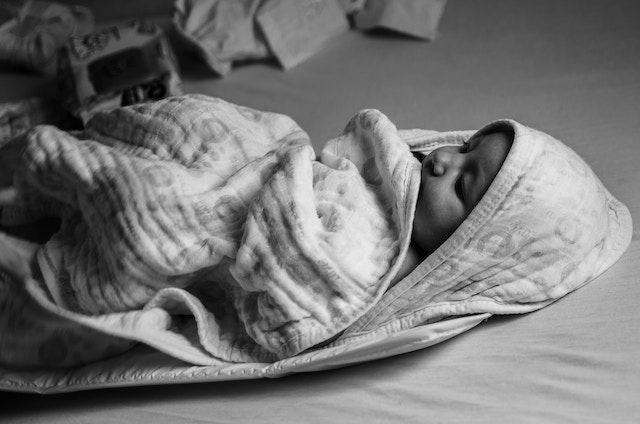Midwifery Recognized as Cultural Heritage
UNESCO honors midwifery as a vital cultural heritage, celebrating its rich history and pivotal role in healthcare and society.
The Traditional Art of Midwifery: A Pillar of Cultural Heritage
The German UNESCO Commission's recent recognition of midwifery as part of the National Inventory of Intangible Cultural Heritage is a significant acknowledgment of one of humanity's oldest professional practices. This inclusion is not only a testament to the enduring importance of midwives in societal and cultural contexts but also highlights the intricate blend of skills and knowledge they possess.
Historically, midwifery has been an integral part of human societies, assisting in childbirth and offering care to mothers and newborns. The UNESCO Commission's decision to include midwifery in the National Inventory underscores the depth and diversity of knowledge accumulated over centuries. This knowledge encompasses not just the birthing process but extends to child development, natural medicine, acupressure, and massage, reflecting a comprehensive understanding of health and wellness. The ability of midwives to operate effectively even in the absence of modern medical infrastructure emphasizes their role as custodians of invaluable traditional knowledge.
 Photo by Getty Immages
Photo by Getty Immages
Martina Klenk, President of the German Midwives Association (Deutscher Hebammenverband e. V., DHV), describes midwifery as an "invaluable and protectable asset." This sentiment is echoed by Susanne Steppat, a member of the DHV's board, who highlights the fusion of age-old experiential knowledge with the latest medical findings in midwifery. The evolution of this profession is evident in its ongoing professionalization and the current push towards academic qualification.
In Germany, the path to becoming a midwife has traditionally been through one of 58 midwifery schools. However, in recent years, four universities have begun offering primary qualification courses, reflecting the shift towards academic recognition. This educational transition involves practical training under the guidance of experienced midwives in various settings, including delivery rooms, postnatal wards, and alongside freelance midwives. By 2020, legislative measures are expected to fully implement the academic standards for midwifery training.
The National Inventory of Intangible Cultural Heritage in Germany, maintained by the German UNESCO Commission and various state actors, plays a crucial role in preserving and showcasing cultural traditions from and within Germany. The inclusion of midwifery in this inventory was initiated by the DHV, the Association of Freelance Midwives in Germany (BfHD e. V.), and the 'Hebammen für Deutschland' initiative in October 2015, culminating in this historic recognition.
The acknowledgment of midwifery as an intangible cultural heritage is more than a symbolic gesture. It is a recognition of the profound impact and continued relevance of midwives in society. Their role in nurturing and preserving life, often under challenging circumstances, resonates with the broader theme of human resilience and adaptability. As we advance into an era where technology and tradition intersect, the art of midwifery remains a poignant reminder of the timeless aspects of human care and compassion.
For further information, the German Midwives Association (Deutscher Hebammenverband e. V.) and its press office can be contacted.
Source: Thieme Verlag





